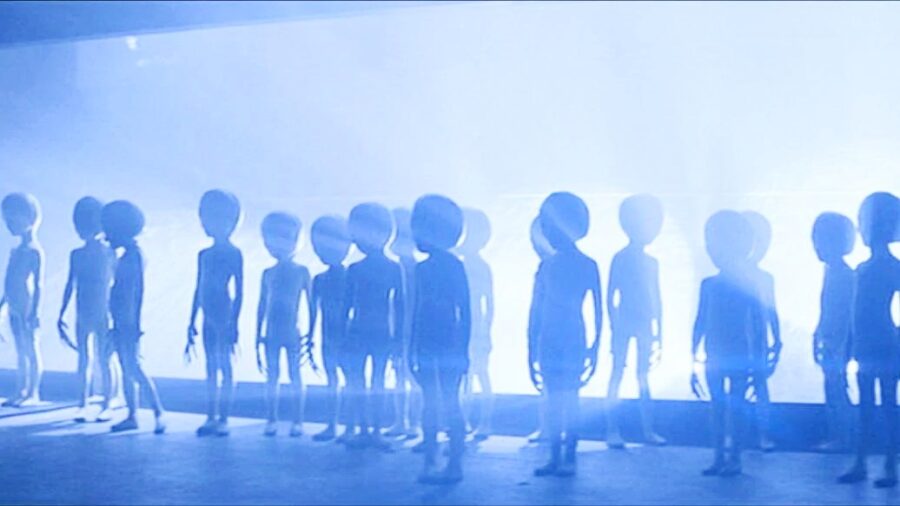The James Webb Telescope Can Spot Signs Of Alien Life In The Universe
The James Webb Space Telescope might be able to find signs of alien life out there in the universe, and photosynthesis is involved.

The recently received images from the James Webb Space Telescope ignited a long-dormant public interest in space, in large part because the photos of space seem like they would look cool airbrushed on the side of a van. However, it turns out that the James Webb Space Telescope might have more uses than simply finding the coolest pictures of deep space phenomena yet recorded: it could be our best chance yet of finding alien life out there in the universe.
According to Science Alert, the James Webb Space Telescope may be able to find alien life by essentially studying how starlight interacts with the atmosphere of other planets. Every planet that has an atmosphere (which is to say, the pocket of layered gases surrounding the surface of a planet, kept stable by gravitational forces) potentially has what is called a “ “biosignature.” Once life on a planet has grown sufficiently complex to complete the process of photosynthesis (like say, the level of algae, which is gross but still a form of life), it begins to create free oxygen; since that molecule is not bonded to any other element, the scientific consensus is that it could indicate the presence of alien life. So how does a super-powered camera like the James Webb Space Telescope help?
Basically, when the James Webb Space Telescope is studying stars in deep space, it can detect extra-solar planets as their orbits pass in front of their host stars. Early data has shown the James Webb Space Telescope capable of detecting faint biosignatures; the chlorophyll produced by photosynthesis (remember junior high science class?) is particularly good at reflecting starlight, which is what the telescope is good at. While the James Webb Space Telescope was not built specifically for this purpose, that it is able to read biosignatures and possible alien life at all helps scientists and engineers to know what to do to construct future ones that are.
The possibility of alien life has been an obsession of humanity for basically all of history, and our increasing ability to observe deep space has only kicked it into high gear. It probably also helps when one thinks of the increasingly serious disasters happening on planet Earth to remember that there mathematically must be some kind of alien life out there in the universe.
Granted, science is almost always more boring than science fiction. Any alien life that we may find will most likely be on the order of single-cell organisms (or the aforementioned algae) rather Vulcans and Mon Calamari. On the other hand, it is increasingly certain that what we know as UFOs are actually very real, even if we cannot be certain they are extraterrestrial in origin. So, even as we look farther and farther out toward space, we might be getting more visitors looking for their own equivalent of interstellar algae on our pools. We might just have to wait for the James Webb Space Telescope Mark 2 to see what alien life we can find.












